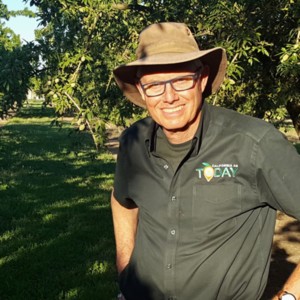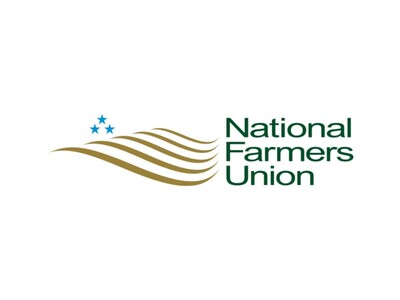Spider Mite Control Thresholds on Almonds
David Haviland is a UCANR Entomologist Farm Advisor based in Kern County. He said he looked at 12 different orchards over the past decade and tracked the mites over time. “And at each site, we synchronize the numbers based on 1.4 mites per leaf and we call that day zero. And then we calibrated all the other data as weeks before or weeks after that day zero,” said Haviland.“So, we made a line, we just said, okay, here's this diagonal line we identified that point said, that's when a treatment should be made. Anything below that-- no big deal,” said Haviland.
“After that point is when things start getting ugly. That's what we want to prevent. Now we recognize it takes about a week, on average from the day you decide to treat until a day of treatment is made,” said Haviland.
So, the researchers came back a week later to find out what that number was. “What we found out was you should decide to treat if there's 1.4 mites per leaf, to prevent the population from getting to 5.4 per leaf, therefore prevent economic losses, which are well above that point, Haviland noted.
Now, how does that relate to real numbers? “So, 1.4 mites per leaf is the threshold is 38% of leaves’ infested. If we compare that back to what Frank Zalom and others determined in 1984, they said 43.6. So, two completely different methods of very good research. Uh, we're talking 35 years apart, both showed this exact same number that treatments are not needed unless you have 40% of the leaves infested, because up to that point, you’re fine,” he noted.

















